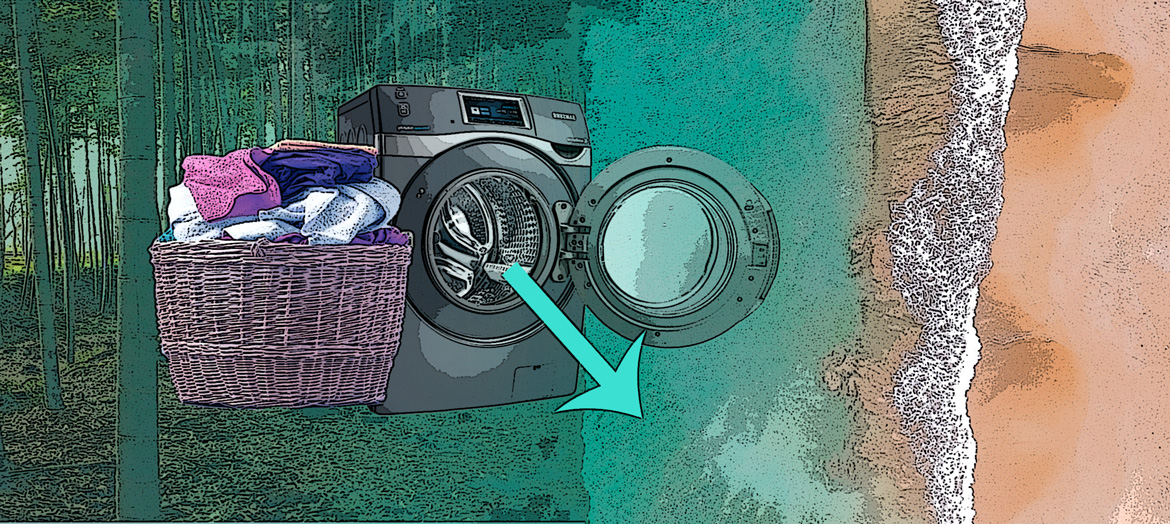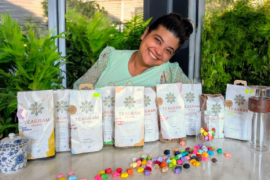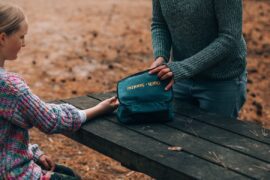By Hannah Schenker
While we are all doing our best to reduce the use of single-use plastics in our home, knowing as we do that much of it winds up in our precious oceans, many of us are still only just learning about the impact that our use of certain fabrics and fibres is having on the environment. It’s time to start thinking about natural versus synthetic fibre garments, fast disposable fashion and microplastic pollution. Can we start choosing natural fibres and better quality, longer lasting clothing for our families? What kinds of fibres should we be looking for?
As parents, the need to clothe our families is an ongoing expense, as our kids grow out of their clothing so quickly. It’s tempting (and for many, necessary) to go for the $2 t-shirt we saw on sale at a big chain store, rather than the sustainably produced, natural fibre item that is more costly.
However, it is worth thinking about the cost of supporting this kind of “fast fashion” – much of which winds up in landfill. Often those super cheap garments are made from polyester, nylon, acrylic, and other synthetic fibres (from which 60% of all clothing on earth is made). In the process of laundering synthetic fibres, hundreds of thousands of tiny microfibres are released from our clothes into our water supply which flows on out into waterways and oceans.

“The research shows that estimated 1.4 million trillion plastic microfibers are a huge problem – both for our oceans and marine biodiversity as well as for our own bodies. Microfibers and other small forms of plastic pollution absorb toxins found in the ocean, and some are consumed by microorganisms such as plankton. As these fibers move up the food chain, the toxins that have been absorbed bioaccumulate. Ultimately, microfibers can be ingested by humans when they eat seafood.” – Connecting the Threads: A Microfibers Research Guide
Scary stuff! So, what sort of fibres should you be looking for?











